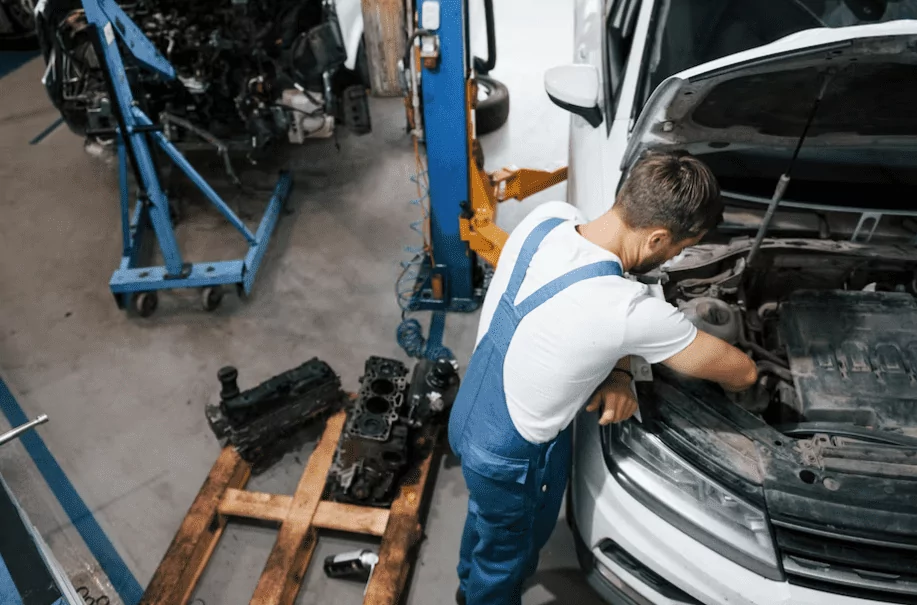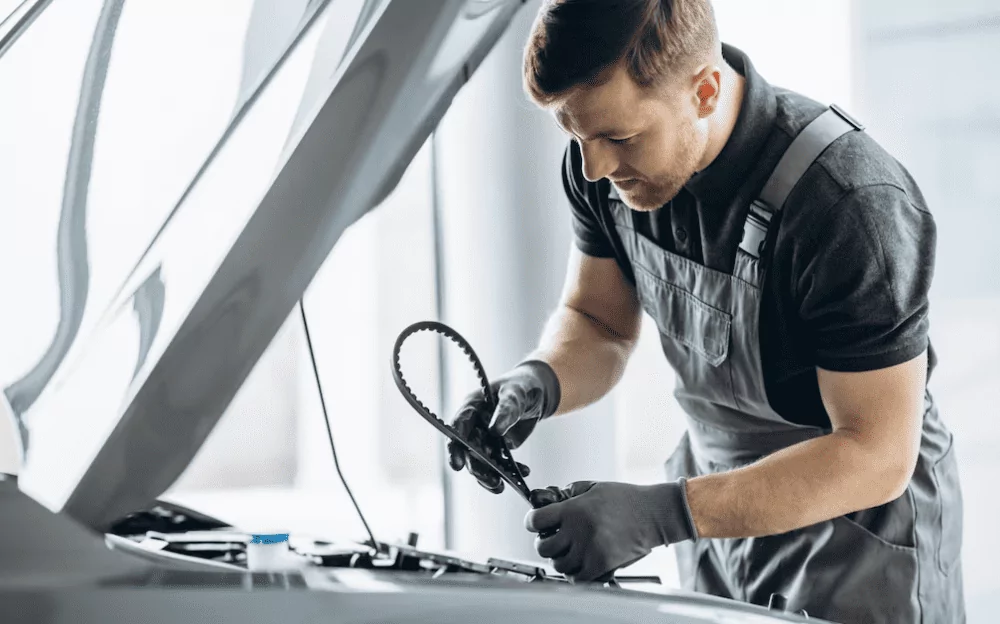In DPFdelete drive to decode automotive wonders, today we put the Diesel Particulate Filter (DPF) under the spotlight. Dodge truck owners, this is a critical piece of machinery you need to acquaint yourselves with. This essential part of the exhaust system is designed to keep harmful emissions in check by trapping soot and other particulate matter. As the saying goes, “Prevention is better than cure,” and this couldn’t be truer when it comes to preventing DPF clogging.
Preventive Measures: Mastering the Regeneration Game

The first rule of thumb when it comes to DPF maintenance is understanding the importance of the regeneration process. Dodge diesel trucks employ two forms of regeneration—passive and active.
The passive regeneration process is like a self-cleaning oven, where the heat generated by prolonged driving at higher speeds burns off accumulated soot particles. Active regeneration, conversely, is a system-driven process triggered when the soot level crosses a predefined threshold. In this case, additional fuel is pumped into the exhaust stream to raise the temperature and incinerate the soot.
Unfortunately, frequent short trips and low-speed driving can interfere with these processes, resulting in soot buildup in the DPF. As the soot and ash accumulate, you may encounter the following issues:
A noticeable drop in performance and fuel efficiency as the exhaust flow restriction forces the engine to work harder.The onset of the dreaded “limp mode,” a protective mechanism that limits your truck’s speed and performance to avoid further damage.An uptick in emissions, as a congested DPF cannot efficiently trap and burn off soot.Potential engine damage due to increased backpressure, endangering parts like the turbocharger and EGR valve.
Ignoring a blocked DPF could translate into hefty expenses:

Professional DPF cleaning could set you back between $350 and $500, depending on your service provider and the complexity of the process.If cleaning isn’t an option and you require a DPF replacement, prepare to shell out between $1,000 and $3,000, excluding labor charges.Engine repairs resulting from a blocked DPF can also be financially daunting, with a new turbocharger costing between $1,500 and $3,500.
Decoding the Manual Cleaning of a Dodge Truck’s DPF
While passive and active regeneration play pivotal roles, manual cleaning of the DPF at certain intervals, especially in older trucks, is vital. Here is a step-by-step guide:
- Safety First: Ensure the vehicle is switched off, keys removed, and you are equipped with safety glasses and gloves.
- DPF Removal: The DPF is typically housed within the exhaust system. Consult your truck’s manual for precise location and removal instructions.
- DPF Inspection: Check the DPF for any physical damage. If there are visible cracks, replacement may be necessary. If it’s just dirty, proceed to the cleaning step.
- Prepare the Cleaning Solution: Use a commercially available DPF cleaning solution, which is formulated to dislodge carbon deposits.
- Soak the DPF: Submerge the DPF in the cleaning solution, ensuring it is completely covered. Allow it to soak as per the instructions on the cleaning solution.
- Rinse the DPF: Rinse the DPF with clean water to remove loosened soot and residual cleaning solution.
- Dry the DPF: The DPF must be completely dry before re-installation, which could take several hours, or even overnight, depending on the conditions.
- Reinstall the DPF: Once dry, reinstall the DPF onto your truck. Double-check all connections to ensure they are secure.
- Post-cleaning, your truck should deliver improved performance and fuel efficiency.
When to Seek Professional Help?

The need for professional DPF cleaning largely depends on your driving habits and the specific model of your Dodge truck. A good rule of thumb is to opt for professional cleaning every 100,000 to 150,000 miles. However, any signs of DPF-related issues, such as loss of power, decreased fuel efficiency, or an illuminated DPF warning light, should prompt you to seek professional advice sooner.
In Conclusion
The DPF plays a crucial role in maintaining your Dodge truck’s performance and fuel efficiency. Regular servicing and understanding the process of manual cleaning can save you from expensive repairs and associated downtime. As always, when in doubt, don’t hesitate to seek professional help.
Stay tuned to DPFdelete for our upcoming article on the surprising advantages of DPF removal. Until then, drive safely and stay curious!

